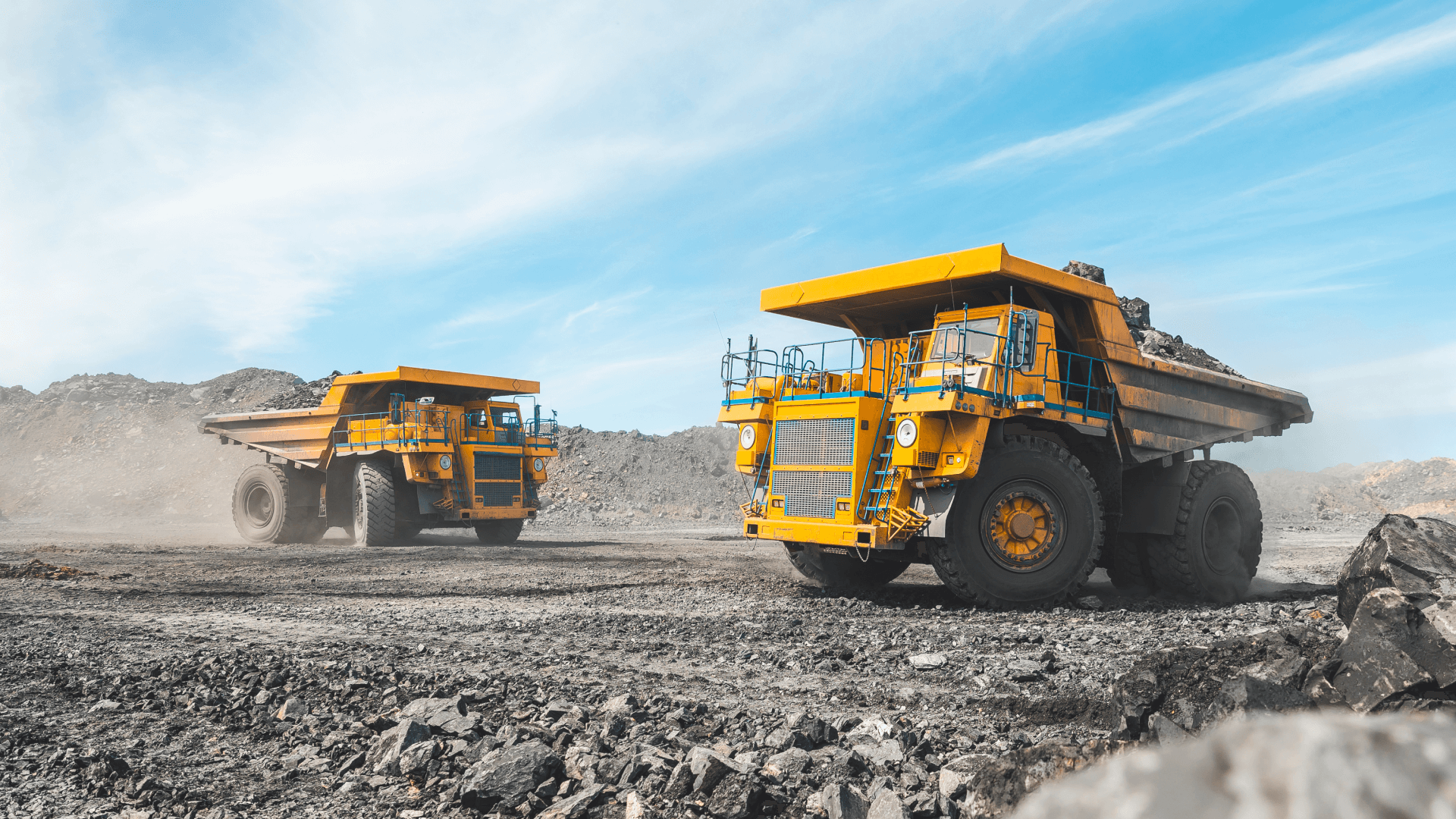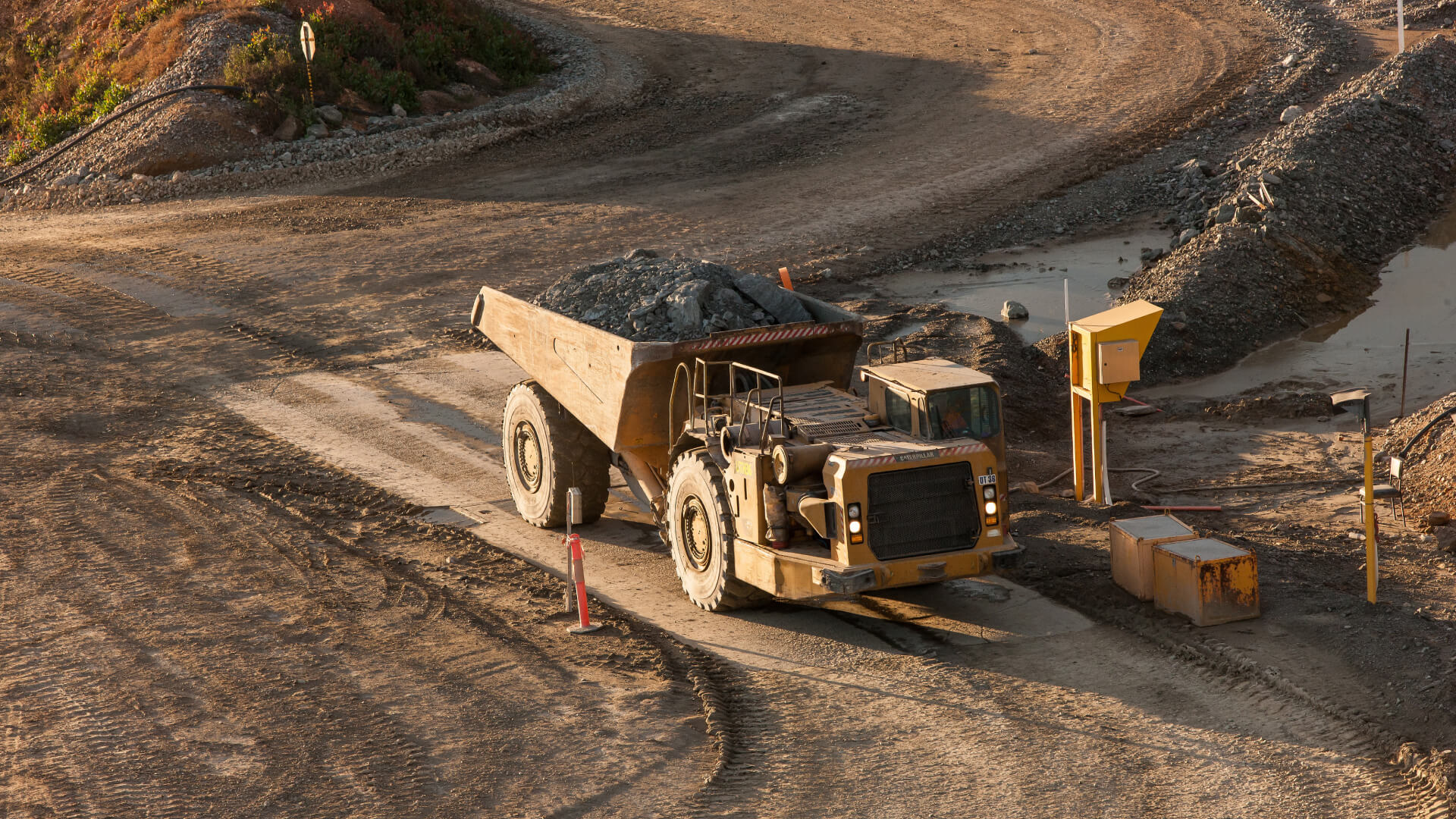Giants of the Brazilian economy, the sectors walk side by side in the development
and growth of the country
Cement, concrete, gravel, lime, tiles, metal sheets, and wire are some of the indispensable raw materials for civil construction. But have you ever wondered how these materials are made? A large part of the raw material used in construction comes from mining.
Two of the most important sectors for our country’s economy, civil construction and mining go hand in hand when the subject is development. Want to know more about the importance and the relationship between these two sectors? Check it out in this content!
CIVIL CONSTRUCTION IN BRAZIL
In the 1940s, during the government of President Getúlio Vargas, civil construction had a period of great growth, with high investment in the area. The decade is considered until today, by many, as the peak of civil construction in Brazil.
But the history of civil construction has been part of Brazil since its discovery. We can remember the construction of churches and houses to welcome the royal family and the colonizing population.
Another important milestone in the history of civil construction in our country was during the second half of the 1950s, with the government of Juscelino Kubitschek, who promised in the election dispute to implement a development and industrialization project in the country, with the motto of advancing Brazil “50 years in 5”.
The construction of Brasília, in fact, was the most symbolic event of his government, mobilizing the economy and a vast amount of resources to make the transfer of the capital feasible. The Target Plan, implemented on February 1st, 1956, brought great results in the areas of industry, electricity and transportation.
But how does mining enter into this story? Well, every bit of this transformation was only possible because it also relied on aggregates supplied by mining to the construction industry.
THE IMPORTANCE OF MINING
Mining is the industry that produces raw material for other industries, transforming ores into products that are useful to society as a whole, many of these products adding more quality of life and even comfort to users.
Besides the extraction of minerals being present in several raw materials for civil construction, as we have seen before, whether extracted directly from nature or through industrial processes, physical or chemical, it is worth remembering that mining is also responsible for the local and regional development of the regions where it operates, because it is an industry with strong direct and indirect job generation, also bringing development to people’s lives.
Extraction Regime: restricted to substances of immediate use in civil construction, by organs of the direct or autonomous administration of the Union, the States, the Federal District and the Municipalities, for exclusive use in public works.
Licensing Regime: exploitation of substances for immediate use in civil construction, such as sand, gravel, gravel, ornamental rocks, clay, etc. This regime is restricted to a maximum area of 50 hectares and is provided only to the owner of the soil (superficiary) where the extraction will occur or to whoever obtains an authorization from him.
GROWTH PERSPECTIVES
Brazilian mining is in a moment of transition. After records, with market revenues reaching BRL220 billion ($44.8 billion) in the first months of 2021 and BRL209 billion ($42.5 billion) during the whole of 2020, the sector is currently going through a less heated phase, but in preparation for the next growth cycle.
This scenario does not worry the market, since mining behaves cyclically and depends on the moods of the international market. It is possible to observe in the current scenario the imminence of the next boom phase in the sector. An example of this is Bahia, where mining grew 26% in the first half of 2022 in relation to the same period of the previous year.
In Pará, Governor Helder Barbalho stated that the state has BRL10 billion ($2 billion) in mining-related projects authorized for the next few years or already under implementation. Still according to the governor, 87% of the state’s exports are related to mining.
With these optimistic perspectives, international companies and suppliers see in the country a fertile ground for new business.
Did you like this content? Share it on your social networks!



